Home>Interior Design>Storm Door Vs Screen Door: Which is Better?

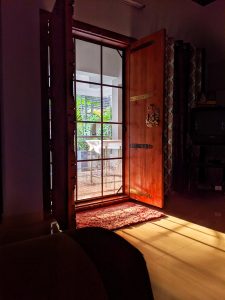
Interior Design
Storm Door Vs Screen Door: Which is Better?
Modified: December 6, 2023
Did you know you can protect your main door while letting a little wind and sun in? Find out if a storm door vs screen door fits the bill better right here.
(Many of the links in this article redirect to a specific reviewed product. Your purchase of these products through affiliate links helps to generate commission for Storables.com, at no extra cost. Learn more)
There’s no question that a sturdy door is necessary to keep your home safe and secure. However, you may end up missing out on the scenery and free ventilation thanks to the solid wood. That’s where an outer door comes into play. Having both an outer and inner door gives you the best of both worlds! But, which outer door should you pick? Let’s take a look at the storm door vs screen door debate to see how they stack up to each other.
What Is a Storm Door?
A storm door is a type of outer door that’s meant to keep your door protected during the damp and cold seasons. It’s made of sturdier materials like aluminum and tempered glass, and blocks the inner door from floods, rain, and snow. This significantly increases the longevity of your inner door.
At the same time, the storm door allows sunlight and sometimes airflow through the house during the fair-weather months. You simply need to leave the inner door open during the day to enjoy these benefits. Storm doors come in different shapes and sizes that serve different purposes depending on the type you buy.
Read more: How To Replace Screen In A Storm Door
Types of Storm Door
There are three main types of storm doors on the market today: the full-view design, ones primarily for ventilation, and those with retractable screens. This section will cover each type so you can familiarize yourself with the options.
Full-View Storm Doors
Full-view storm doors are built with glass or have other see-through panels integrated into the frame. They’re excellent for allowing sunlight in and keeping all other pests and critters out. With this, you can also easily enjoy the view of your outdoor garden or patio by keeping the inner door open. The glass provides an unobstructed window through your doorway.
Ventilation Storm Doors
Ventilation storm doors, as expected, primarily focus on providing ventilation. Typically, you’ll find that these doors have a frame with a screen in the middle. They’re much like screen doors in that regard. However, given the fact that storm doors are mainly designed to protect the inner door, the build quality is usually better than a screen door. With this type of storm door in place, you can leave your inner door open and enjoy the breeze without fully exposing the room to the elements.
Retractable Storm Doors
Retractable storm doors are a mix of full-view storm doors and ventilation storm doors. These doors usually look like full-view storm doors with two panels. At the same time, they each have a clever mechanism in place. They’re designed to have a screen rolled up into the top of the frame. This hides the screen from view while also attaching it to the upper see-through panel.
When you need more ventilation, you can slide down the upper panel of the storm door. The screen will then emerge, transforming it into a ventilation storm door. This makes it the best storm door for those who want an extra versatile model.
Storm Door Pros and Cons
Storm doors are excellent fixtures for any house, but they come with a few drawbacks as well. To better familiarize you with the good and the bad, let’s take a look at their pros and cons.
Pros
The primary purpose of a storm door is to protect your main door from damage. This can be in the form of holding snow back in the winter or blocking it from rain and some flooding in the warmer months. As a type of glass screen door, storm doors also have the advantage of letting both light and air into the house while still closed.
While they aren’t as secure as solid wood doors, storm doors can be reinforced to provide an extra level of defence in front of your main door. This double-layer applies to protecting you from the cold as well. The two doors have an insulating effect on your entrances, keeping warm air inside for longer when both are closed.
Cons
Unfortunately, storm doors are prone to causing a few inconveniences. If you’ve ever tried carrying one too many grocery bags through the back door, you’ll know it can be a bit of a struggle. With a storm door, you’ll need to open and hold two doors at once. While this may be easy on most days, it becomes difficult with fuller hands.
In addition to this, since they protect your main door, storm doors go through a lot of wear and tear. Dents, scratches, and some watermarks may be a common sight on these doors after a while. While this is their purpose, you’ll still need to replace them every few years to keep them looking decent.
Pros and Cons Summary
Pros
- Protects the main door
- Can allow light and air into the house
- Adds a layer of security
- The insulating effect is excellent for colder months
Cons
- Inconvenient when your hands are full
- Will eventually damage
Read more: How To Remove Screen From A Storm Door
How to Install a Storm Door
Now that you know all about storm doors, you may be looking to install one. The difficulty level for this project will depend on what kind of storm door you purchase. There are a few kits out there with the door already preinstalled in a frame. You can simply screw the frame into your existing trim, install the door closer, and you’re all set! For those who want to do it the old-fashioned way though, we have a few general instructions.
Measurements and Placement
After deciding on the type of storm door you want, the first step is knowing what size you need to buy. Most doors come in standardized sizes, so measure the existing inner door to determine what size storm door to purchase.
While measuring, also try to figure out the placement of your storm door and where the many door attachments need to be. Ideally, the storm door will open outwards, the opposite of how your main door opens. In addition to this, its hinges and handle should be on the same side as your main door’s. This is to make opening and closing both doors as easy as possible.
Hinges
The installation itself will depend on the brand of storm door you get. In general, you’ll need to start by assembling the door separately. You can usually start by attaching the hinges according to how you want the door to open. One good way to upgrade your storm door is by upgrading the screws you use for your hinges. Extra-long and heavy-duty screws will be more secure and harder to break, making them perfect for any door.
Door Sweep
Some weather stripping may be included in your storm door set. This rubber strip is meant to be installed on the door sweep at the bottom of the door. There should be a small channel in the metal that you can thread the strip through until it reaches the other side. This will create a small rubber skirt perfect for keeping the rain and snow out.
Don’t worry if the strip runs long on either side of the door; it’s meant to be cut to size. We suggest pinching the edges of the channel with pliers before cutting, just to make sure the skirt stays in place.
Read more: How To Fix A Roll-Up Screen On A Storm Door
Installation
The rest of the installation will depend on your specific door. It’s best to check the box for precise instructions on where the screws should go, the placement of the door handle, and the door closer installation.
All that being said, a good thing to always keep in mind is spacing and level. Double-check your storm door every so often to make sure it’s level. The last thing you want is a crooked door. As for spacing, you’ll notice a lot of long parts need to be put into place. Try to align these completely parallel to your leveled door. This will ensure nice, even spacing and make for a cleaner final look.
What Is a Screen Door?
Now that you better understand storm doors, it’s time to look at their competition. Screen doors are the generally more affordable cousin of the storm door. These outer doors are created to provide ventilation and protection from insects, and are made to go in front of an existing door.
The basic screen door design is usually made up of simple wood, acrylic, or a metal frame with a mesh screen stretched over the middle. Some are hinged like normal doors while others are retractable or sliding, making them easier to open and close.
Screen Door Pros and Cons
Like storm doors, screen doors have certain benefits and drawbacks worth looking into.
Pros
Screen doors are usually on the affordable side. Cheap screen doors are easy to come by since their basic design is simple and easy to manufacture. This is also what makes their installation a breeze.
This type of outer door serves many purposes similar to a storm door. They allow light and air in while also offering the inner door a bit of protection from the outside elements. Screen doors are also particularly effective at keeping bugs out.
Cons
Unfortunately, the simple materials and design of screen doors may make them prone to certain problems. They’re generally not known to be very sturdy, especially when it comes to their screen part. Holes are commonplace and screens need regular maintenance or replacement.
Pros and Cons Summary
Pros
- Affordable price
- Easy to install
- Allows light and air in while keeping bugs out
- Offers some protection for the inner door
Cons
- Most aren’t very sturdy
- Screen needs regular maintenance or replacement
How to Install a Screen Door
Installing a hinge-type screen door is a lot simpler than installing a normal door. As always, door sizes are usually standardized, so measure the door inside of the jamb and purchase a screen door of the corresponding size.
When it comes time to position the screen door, line it up so that there are 3/16ths of an inch between the door jamb and the screen door. Shims can be used to hold the door in place and ensure a perfect fit. Next, you’ll want to position the hinges on the same side as the ones on your inner door. Drill some pilot holes and screw the hinges into place to finish up the base installation.
For handles, many screen doors have them already pre-installed. These are typically very simple pull-type handles without locks, so you may want to have a door bolt for an extra layer of protection. Finally, finish the whole thing off with a door closer and you’re good to go.
How to Replace a Screen Door Screen
Now, screen door screens are usually the first to go, and learning how to repair them can save you quite a pretty penny in the long run. If you want a quick fix for tinier holes, you can just grab a roll of window screen tape. It won’t be a pretty fix, but it’s certainly the easiest.
To replace the whole screen, you’ll first need to disassemble the door. The process differs depending on the type of screen door you have, but in general, you’re looking to find the spline. The spline is a rubber string that’s usually embedded into a track that’s been carved or molded into the door. This is what keeps the screen in place.
After removing the spline, take out the old screen, and measure out a new sheet using some store-bought window mesh. Cut the new sheet out and install it in the same place as the old one. Simply sandwich it between the door frame and the spline and push the spline back into the track.
Read more: Installing A Storm Door
Storm Door Vs Screen Door
As we’ve seen, storm doors and screen doors each have their pros and cons. But, between the two, which is the better choice? It’s time to finally take a look at the storm door vs screen door debate to find out which is best for you.
Price, Design, and Build Quality
In terms of price, screen doors are usually the more affordable of the two options. However, this does come at a separate cost. The low price of a screen door is partly thanks to their uncomplicated design and build. They’re primarily made to allow wind through the house while keeping bugs out.
Storm doors, on the other hand, are designed specifically to protect the inner door from the elements. As such, they’re usually built sturdier and at a higher cost.
Installation and Maintenance
Installing a storm door can be a more complicated process than installing a screen door. It requires a precise installation thanks to its complex design. Everything from the handle to the door sweep must be installed correctly if the storm door is to work properly. Thankfully, newer storm door designs are becoming more DIY-friendly.
While installation can be a headache, maintenance can be a little easier on a storm door depending on the model. Many come with removable sheets of plexiglass or mesh that can be repaired or replaced. Many screen doors often need to be disassembled entirely when their screens need to be repaired.
Security
Security-wise, storm doors take the cake thanks to their sturdier build. You’ll often find that the latches, locks, and door handles are more heavy-duty on storm doors. Screen doors tend to favor simple pull handles and bolt locks, which is perfectly fine if the inner door is already well-secured.
Read more: How To Shim A Storm Door
Ventilation and Transparency
Both storm doors and screen doors offer some view of the outdoors. That’s one of the biggest benefits they share. One difference is that while screen doors and ventilation storm doors tend to be semi-opaque with mesh screens, full-view and retractable storm doors favor clear plexiglass.
Because of their different materials though, ventilation is affected. Wind can pass easiest through full-screen doors and ventilation storm doors. On the other hand, a retractable storm door will have half a door’s worth of mesh hidden away in its frame. It won’t be as breezy, but at least it’s flexible.
| Metrix of Comparison | Storm Door | Screen Door |
|---|---|---|
| Price | More expensive | More affordable |
| Design | Designed to protect the inner door while providing light and sometimes ventilation | Designed for ventilation and protection from insects |
| Build Quality | Sturdy and resilient | Usually very simple and lightweight |
| Installation | Can be complicated and requires precision, but DIY-friendly ones are now available | Requires precision, but simple hinge types are very easy to install |
| Maintenance | Depending on the model, maintenance is easy thanks to removable panels | May require complete disassembly to replace screens |
| Security | Sturdier with a frame suited to heavy-duty handles and locks | Tend to use bolt locks and simple pull handles |
| Ventilation | Depends on the model, but most types can provide adequate to excellent ventilation | Very cool and breezy thanks to full mesh bodies |
| Transparency | Plexiglass and glass models are fully transparent while ventilation types are semi-opaque | Generally semi-opaque due to screens |
Frequently Asked Questions about Storm Door Vs Screen Door
-
Read more: How To Remove A Storm Door
Should I get a storm door or a screen door?
This depends on what kind of outer door you need. For mild-weathered areas or doors with a large overhang, a storm door can be a bit overkill. On the other hand, a screen door may not be enough for places with lots of rain and snow. Determine how much protection your inner door needs and decide from there.
-
What’s the difference between a storm door vs screen door?
Storm doors are made mainly to protect the main inner door. They’re thus built more sturdily with materials such as transparent plexiglass and aluminum. Screen doors are usually focused on ventilation and protection from insects.
-
What can I use instead of a screen door?
If you want the breeziness of a screen door but the protection of a storm door, try getting a ventilation storm door. They allow a lot of wind through and some even come with interchangeable plexiglass panels for the colder months.
Conclusion
With all the options on the market, picking between a storm door vs screen door might seem a bit daunting at first. Doors are the gateways to our homes after all, whether they’re out in front or lead into the backyard. These outer doors are an extension of that, serving to protect both our main doors and inner rooms. In the end, we hope this article gave you a good idea of which door to swing for and what to expect from each.
Was this page helpful?
At Storables.com, we guarantee accurate and reliable information. Our content, validated by Expert Board Contributors, is crafted following stringent Editorial Policies. We're committed to providing you with well-researched, expert-backed insights for all your informational needs.
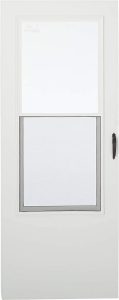
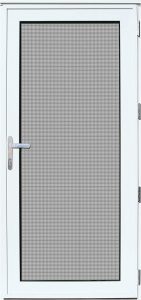
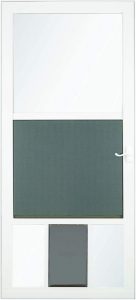

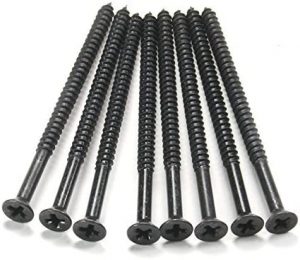
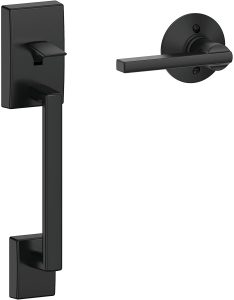
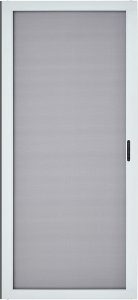
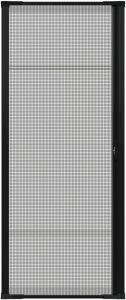
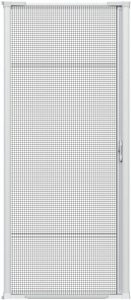
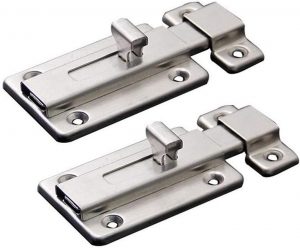
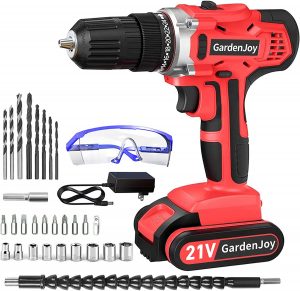

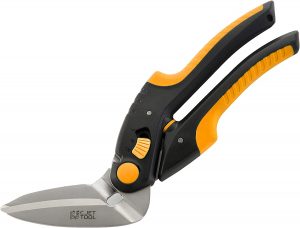
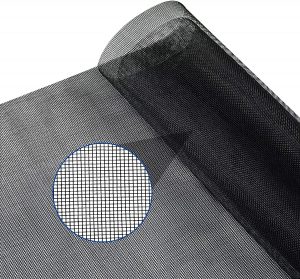
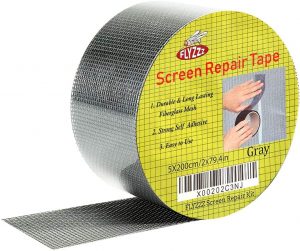
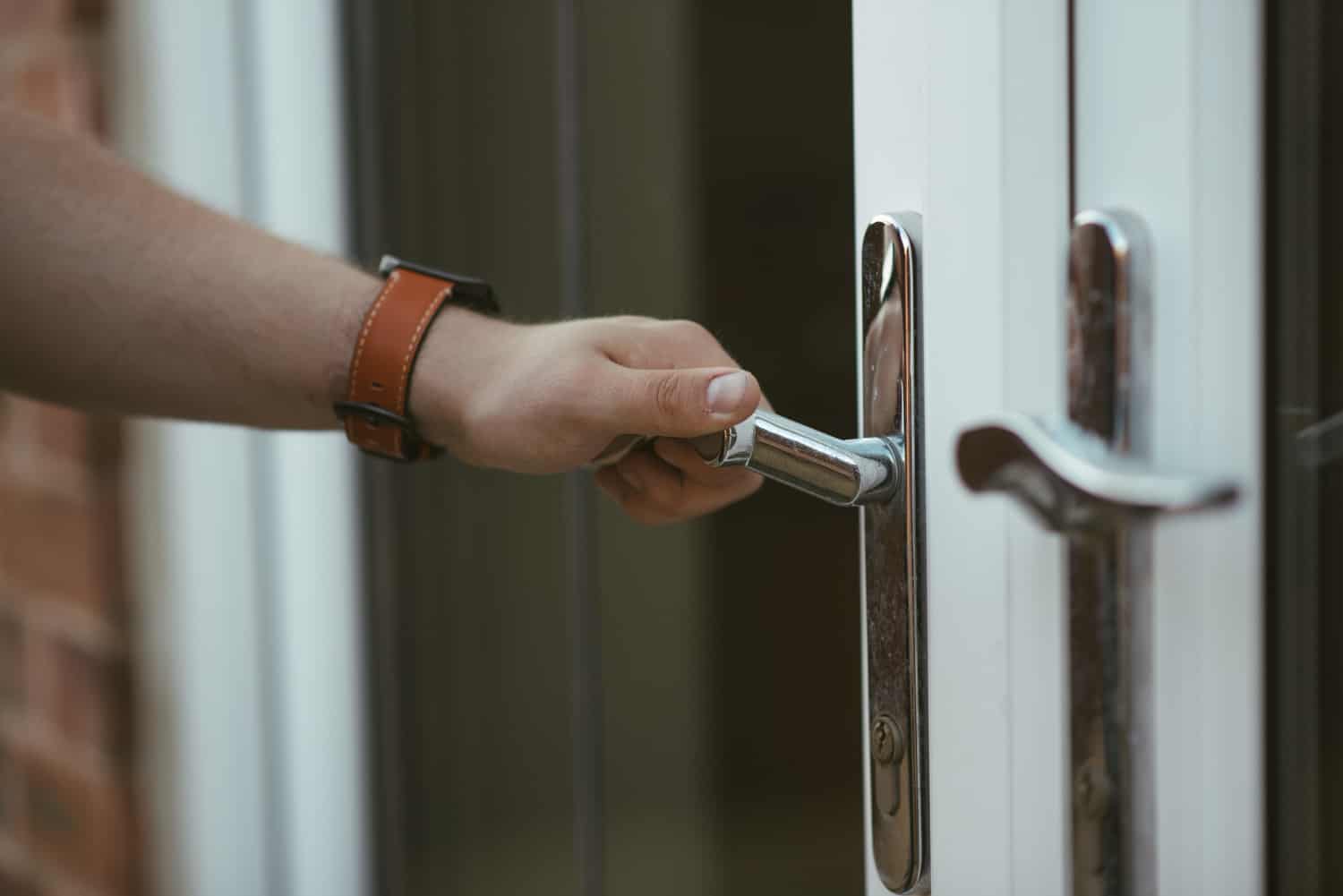
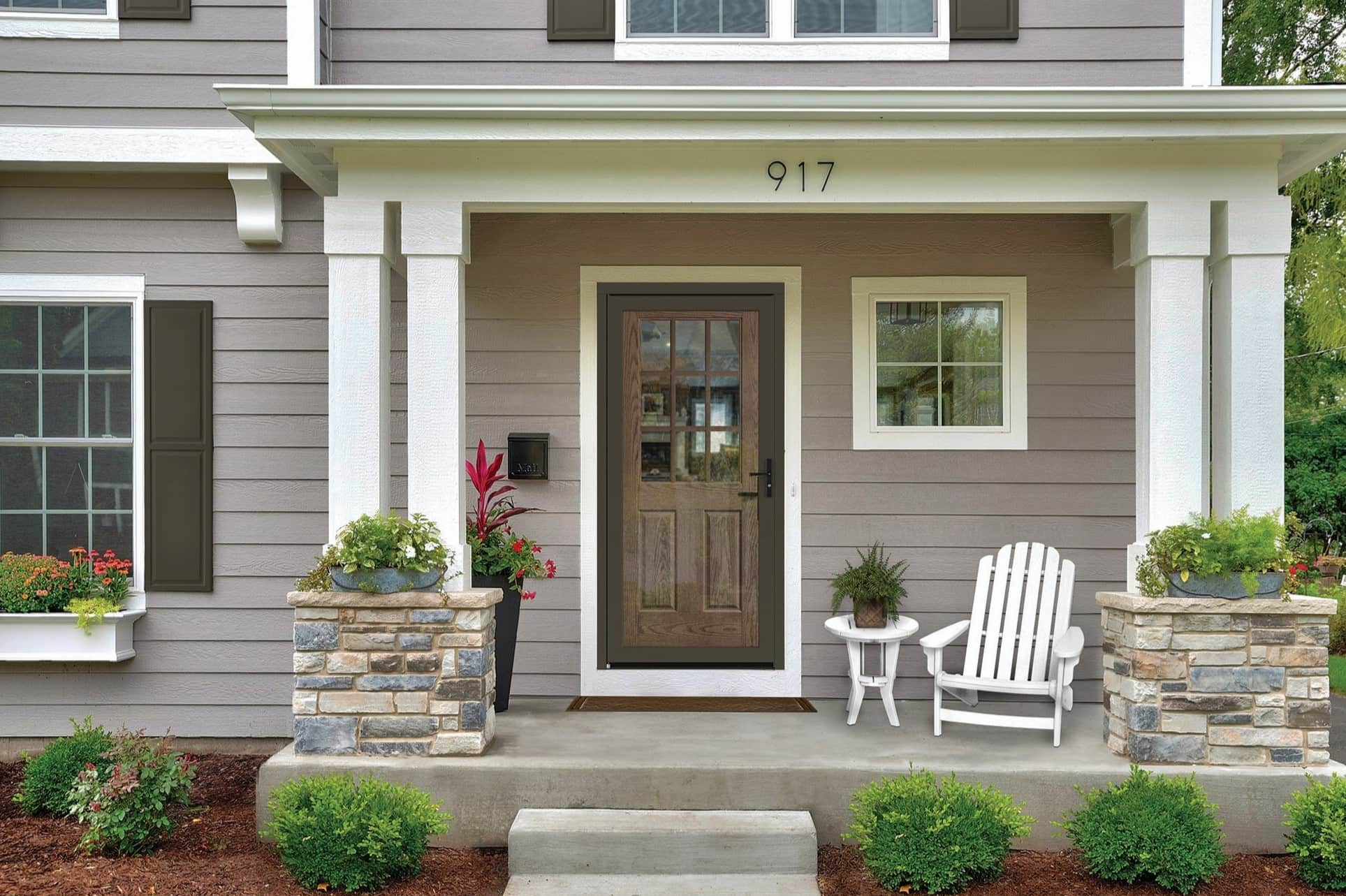
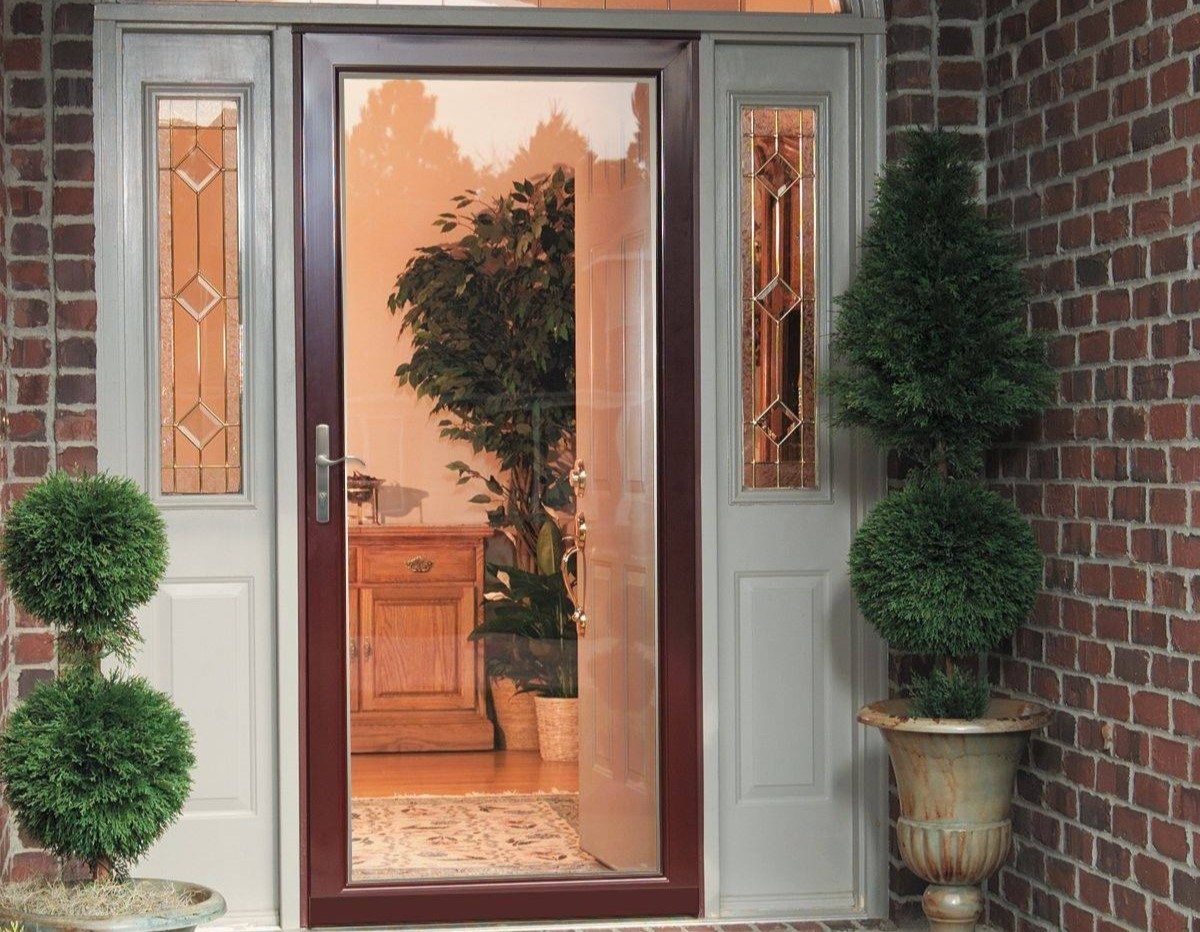
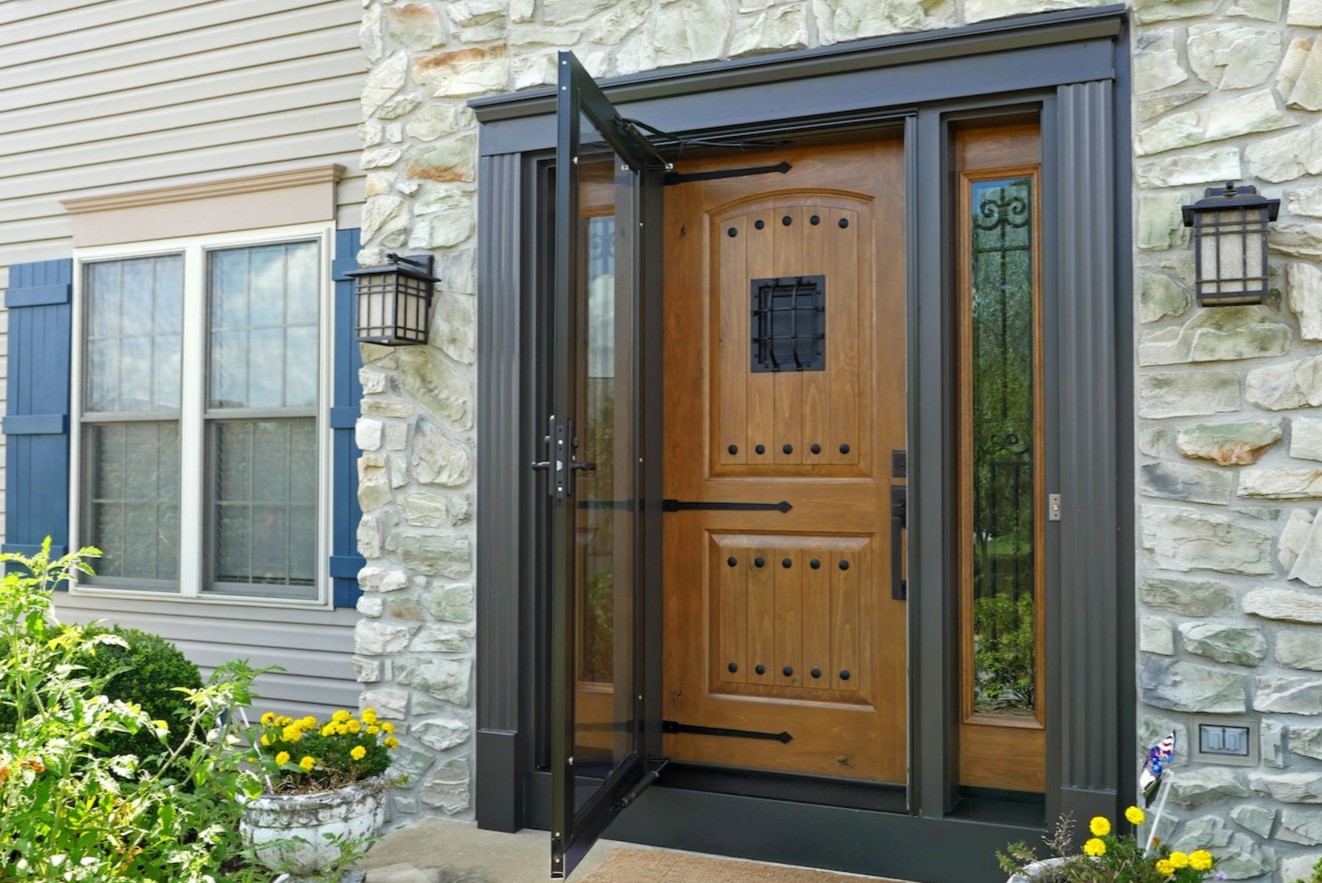
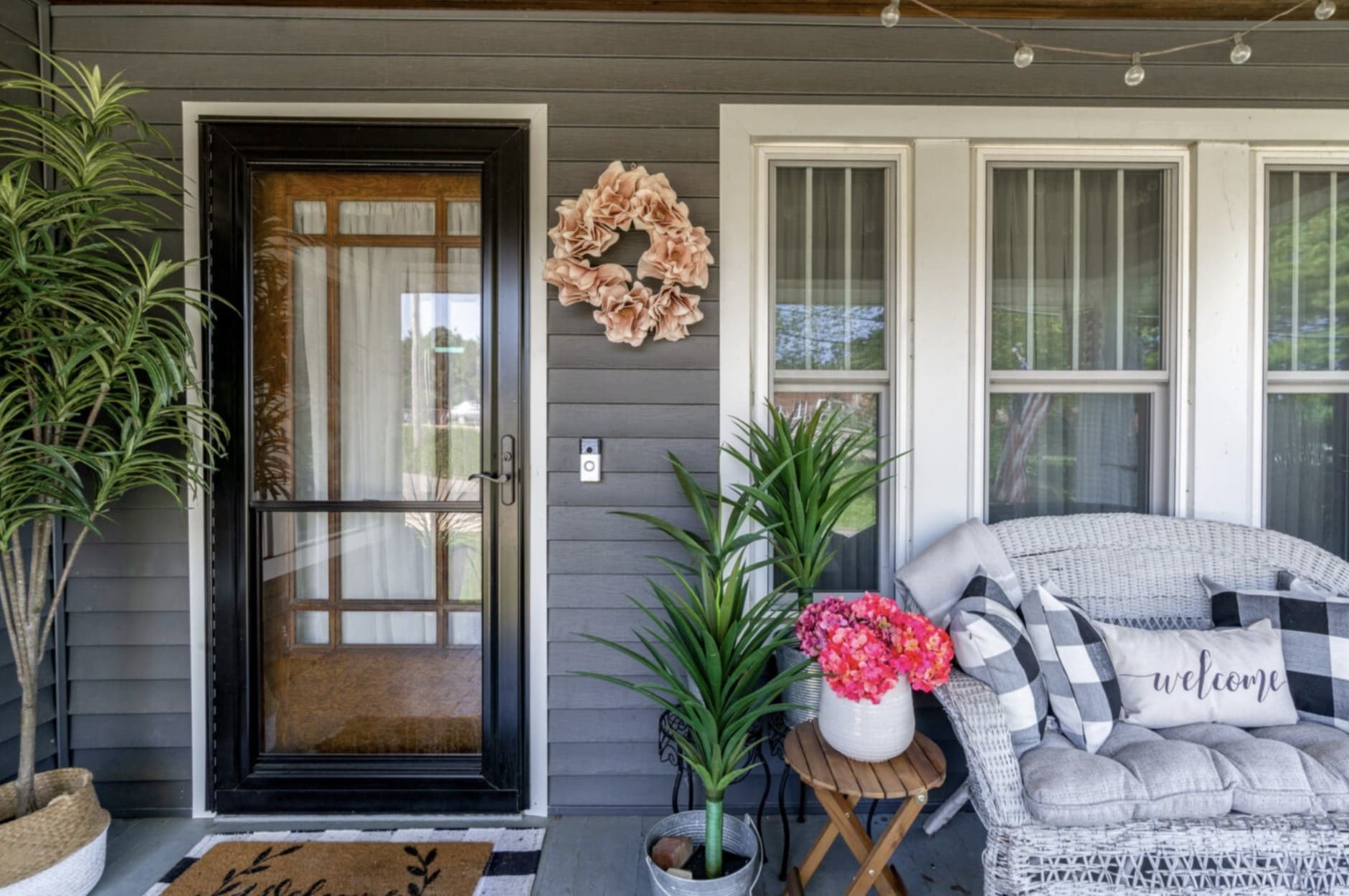
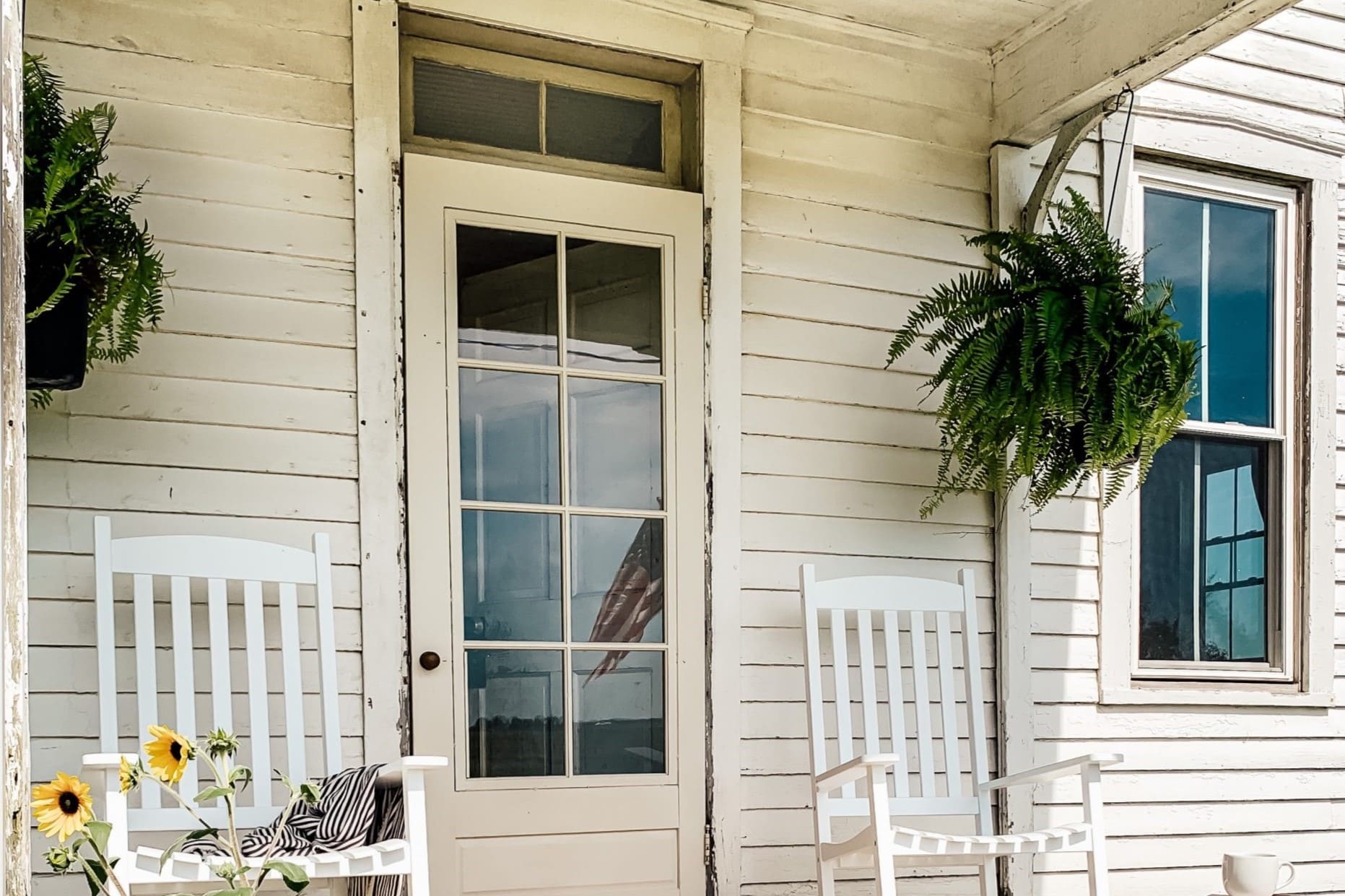
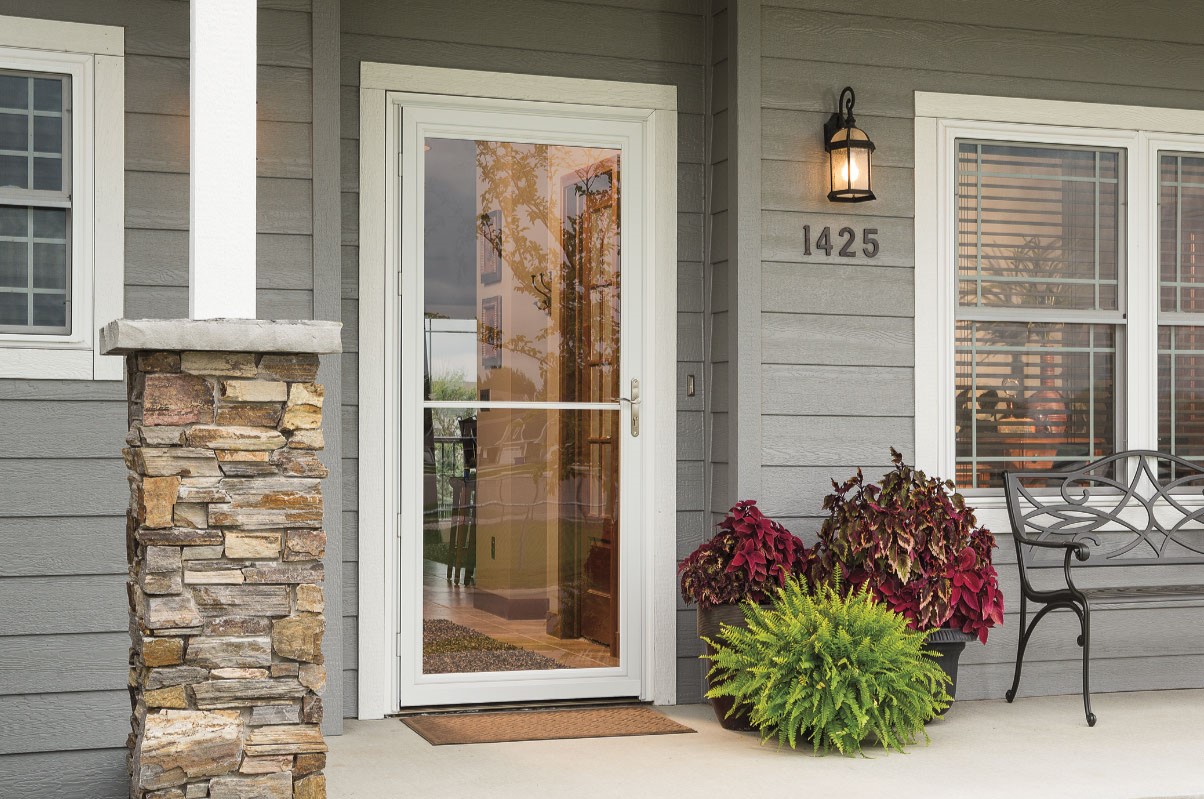
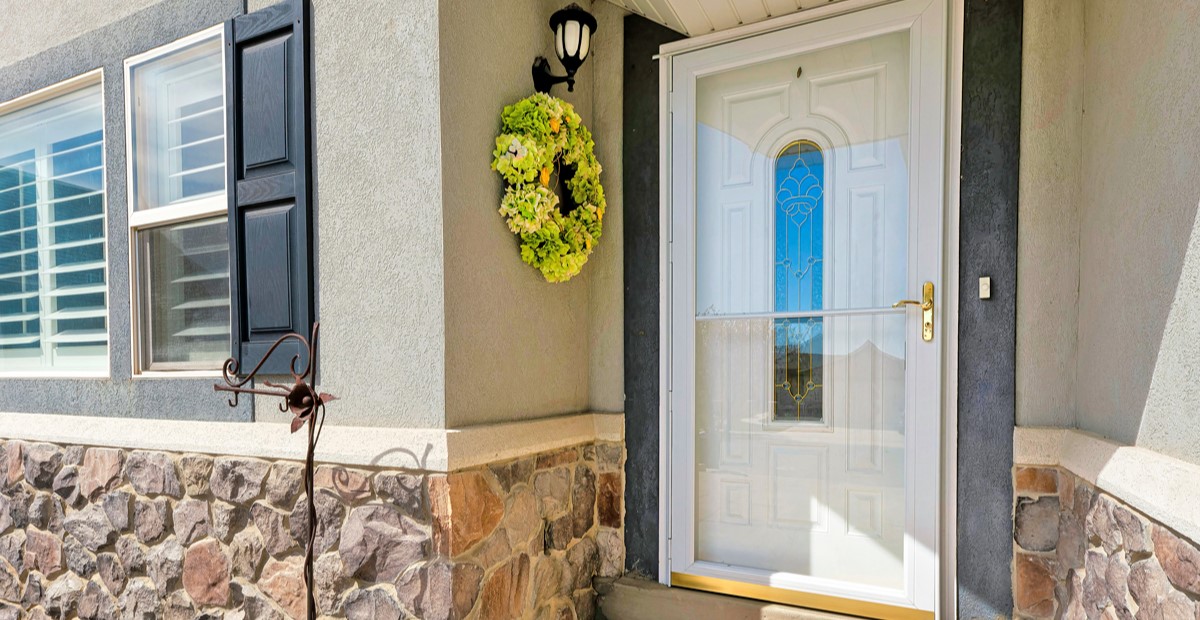

0 thoughts on “Storm Door Vs Screen Door: Which is Better?”